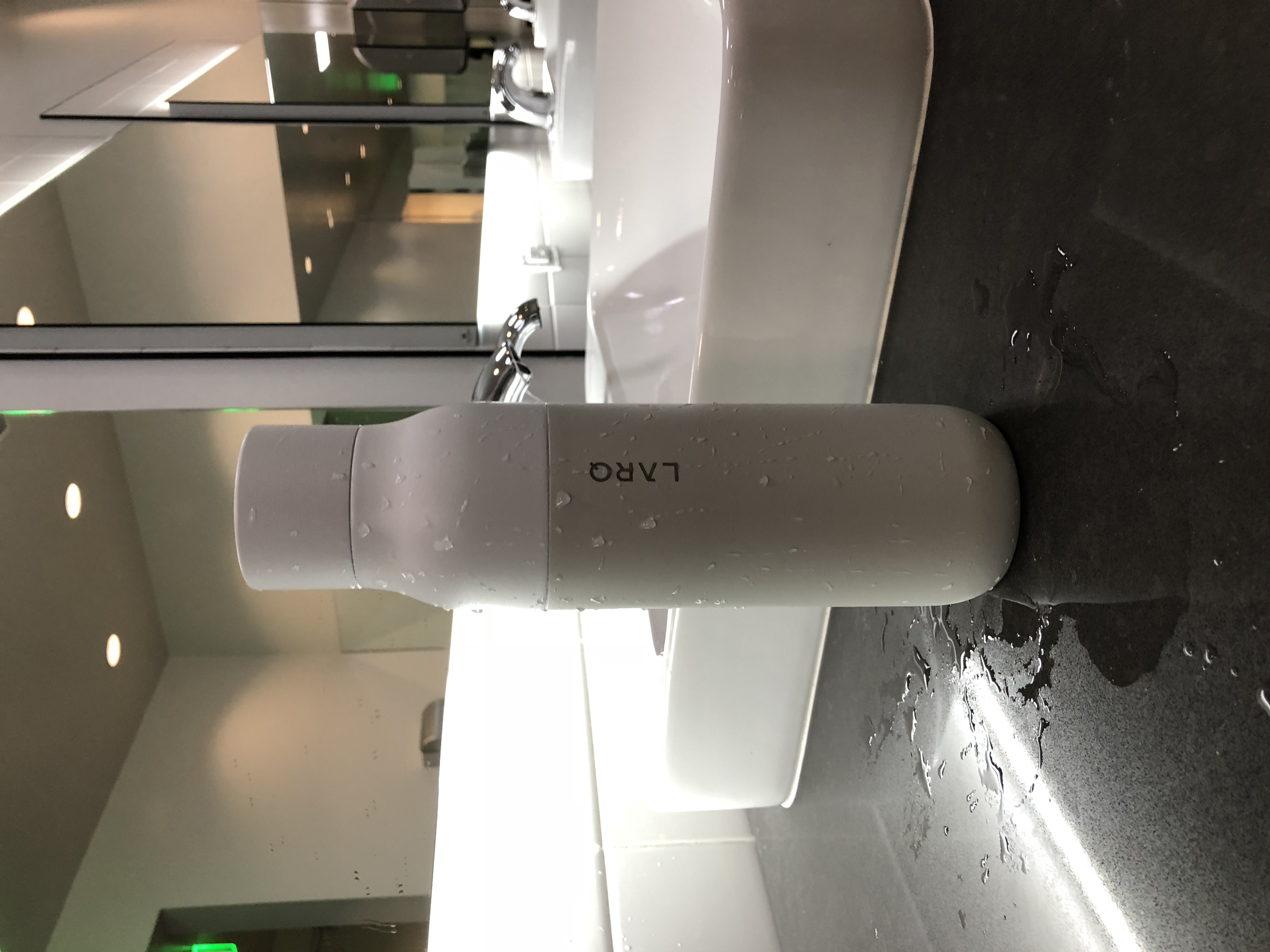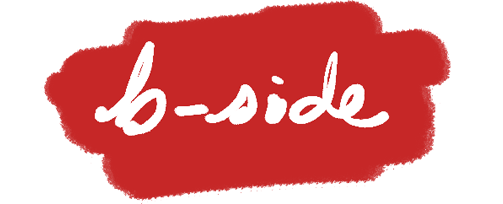About one year ago, I backed a Kickstarter project that promised to deliver a sleek-looking thermos that cleaned itself and purified water with a built-in UV light. This fancy water bottle, first named Quartz, was later renamed to LARQ. The self-cleaning routine runs every two hours on its own, and the UV purifier supposedly kills 99.9999% of bio-contaminants in “Adventure Mode.”
One year later, I finally got my LARQ. Its craftsmanship is apparent. The bottle weighs a hefty 2 pounds and the body appears to be molded from a single piece of stainless steel. The granite white model looks clean and elegant. The indicator LED ring on top sports a futuristic and high-tech look. It did not disappoint me in its build quality and sense of design.

However, I had all but forgotten why I needed this one year ago.
Living in a developed country with a readily accessible clean water supply and heavily regulated food industry, I don’t see a mainstream need for UV purification. Certainly a few cases of Ebola contamination and bad hygiene practices break the news occasionally, but the normal expectation is healthy and hygienic food.
Market adoption challenge aside, my primary issue with the water purification feature of this bottle is its lack of apparent effectiveness. I use the word “apparent” because while it may actually kill the bacteria in the water, it provides no tangible discernible evidence to the user. In other words, how do I know the water is actually cleaner? When I use a vacuum robot, the floor becomes cleaner and my chore time decreases. When I use a LARQ, it makes no visible difference in my drinking water.

From a market adoption standpoint, its lack of apparent efficacy makes you wonder: will LARQ be able to habituate water purification to its users and provide recurring, revenue-generating value?
On the other hand, a clearly discernible benefit is its self-cleaning feature. Anybody with a functional nose can smell a dirty water bottle. So a bottle that stays clean is self-evident: it doesn’t smell like mildew after a week or month. It’s a nice-to-have feature. This probably answers why I backed the project a year ago.
Clearly there are some benefits, but are they enough for me to keep this bottle? How much time, money, and energy do I have to allocate to its maintenance?
Benefits
- A self-cleaning bottle saves me from worrying about cleaning, not that I was particularly worried about my previous water bottle.
- It provides a pleasing appearance that’s nice on the hands and calming to the eyes.
- On the road and in other countries, I will be more comfortable with drinking from soda machines and water fountains.
Costs
- It uses a micro-USB cable, which demands extra work just to remember where I put it.
- As with any battery-powered electronics, I have to charge it once in a while (2 to 3 months according to the LARQ manual).
- It costs $99, several times that of a stainless steel bottle
- I can’t put it in a dishwasher (presumably so that the high temperature doesn’t degrade the battery)
The non-necessity nature of LARQ puts it in the “nice to have” bucket. What’s nice about it? It provides a pleasing design, cleans itself, and gives me peace of mind from dubious water sources for about half an hour of my time per year and an upfront $99. Will I buy it again when the bottle breaks down years from now? I’m not sure, but the largest decision factor then will probably be how much I come to appreciate the self-cleaning feature.
